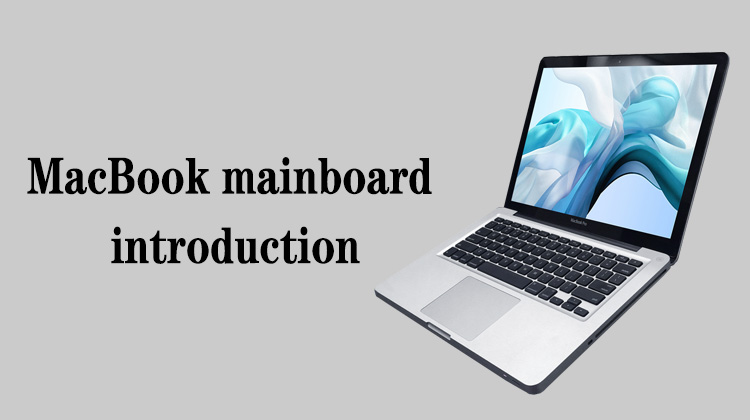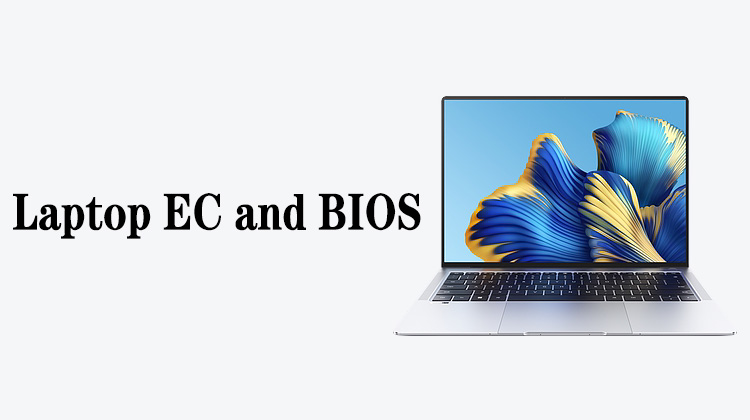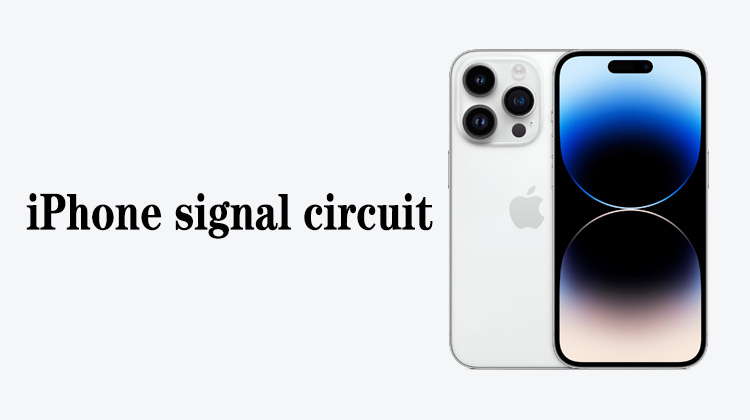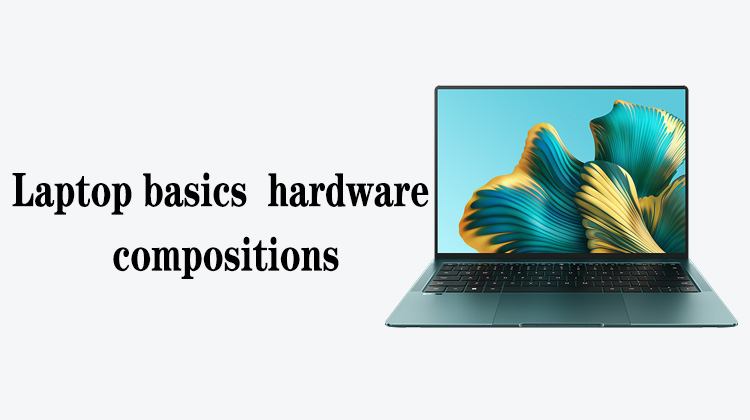1
00:00:00,300 --> 00:00:06,833
Hello everyone, let's take a look at the Apple mainboards A2337, A2338
2
00:00:07,933 --> 00:00:11,466
The A2337 mainboard looks like this
3
00:00:12,900 --> 00:00:15,633
It uses Apple's own M1 processor
4
00:00:20,000 --> 00:00:23,200
There are two memory chips on the top of the CPU,
5
00:00:24,366 --> 00:00:27,733
which means that the memory cannot be replaced directly
6
00:00:30,200 --> 00:00:33,033
There are two power chips next to the CPU,
7
00:00:33,400 --> 00:00:36,133
the main power supply and the secondary power supply
8
00:00:36,566 --> 00:00:41,766
They are responsible for output power supply to the CPU to provide working conditions
9
00:00:43,866 --> 00:00:45,566
These two are hard drives
10
00:00:46,133 --> 00:00:48,366
This is the WIFI Bluetooth module
11
00:00:49,633 --> 00:00:53,166
There are three inductors here, all 3.8V
12
00:00:54,400 --> 00:01:00,633
In the maintenance, we can also directly add 5V DC voltage to the three inductors,
13
00:01:00,866 --> 00:01:03,333
which can also be turned on and displayed
14
00:01:07,833 --> 00:01:13,366
Next to it is the inductor of the keyboard backlight, which is the backlight boost circuit
15
00:01:14,100 --> 00:01:17,866
The next big inductor is the power supply for the screen backlight
16
00:01:18,666 --> 00:01:21,800
This boost inductor is the common point boost inductor
17
00:01:22,800 --> 00:01:27,900
And then on the bottom are some of its PWM chips, the lightning chip
18
00:01:29,166 --> 00:01:31,433
These are Intel's lightning chips,
19
00:01:32,933 --> 00:01:35,133
which manage the Type-C interface
20
00:01:36,400 --> 00:01:41,133
On the back of this interface, there are two CD3217s,
21
00:01:41,200 --> 00:01:46,500
which we call USB-C controllers, also known as Type-C controllers
22
00:01:49,733 --> 00:01:54,333
On the back of the CPU, there is a 64 megabit BIOS chip,
23
00:01:54,533 --> 00:01:58,366
a code chip, a security chip, and so on
24
00:01:59,433 --> 00:02:02,133
The power consumption of this mainboard is very low,
25
00:02:02,766 --> 00:02:05,866
basically the power consumption of a tablet computer
26
00:02:07,100 --> 00:02:09,866
It has a radiator, but no CPU fan
27
00:02:13,866 --> 00:02:16,633
This is the mainboard A2338
28
00:02:17,000 --> 00:02:21,100
The overall structure is the same as that of A2337
29
00:02:21,633 --> 00:02:26,433
It also uses an M1 processor, two hard disk chips on the side,
30
00:02:30,766 --> 00:02:33,300
and a WIFI Bluetooth module on the bottom
31
00:02:33,766 --> 00:02:38,233
This mainboard uses the M1 processor, there is no T2 chip,
32
00:02:40,466 --> 00:02:44,666
no EC and no hard disk master, all the CPU management
33
00:02:47,066 --> 00:02:49,033
There are two power chips nearby,
34
00:02:49,366 --> 00:02:52,000
the main power supply and the secondary power supply,
35
00:02:52,766 --> 00:02:56,933
both of which provide working conditions for the hard disk and the CPU
36
00:02:59,133 --> 00:03:05,133
There are two Thunder chips on the side and two CD3217s on the back of the Thunder chip
37
00:03:05,766 --> 00:03:07,400
This is the screen port,
38
00:03:08,900 --> 00:03:11,333
and this is the display power controller
39
00:03:12,900 --> 00:03:21,033
There are also security chips, MOS tubes for charging and discharging batteries, and a 64-megabit BIOS chip
40
00:03:21,866 --> 00:03:23,566
This is the charging chip
41
00:03:26,700 --> 00:03:31,466
Okay, this is the mainboard of A2337 and A2338







